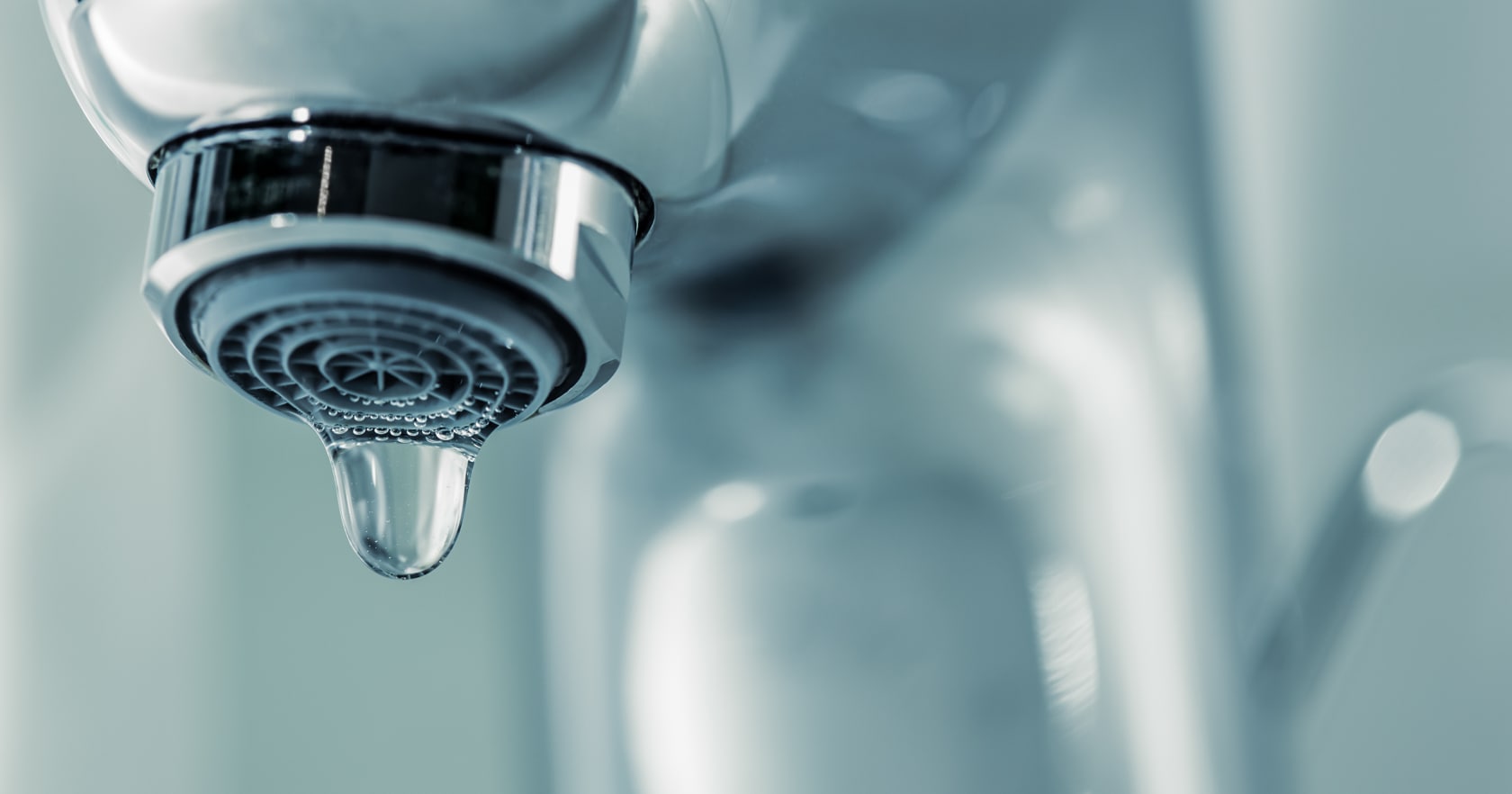
Have you ever experienced a leaky faucet or a clogged drain? If so, you know how frustrating and inconvenient plumbing issues can be. But did you know that there are certain problems that occur more frequently than others? In this blog post, we’ll take a look at the top 5 most common plumbing repairs and provide tips on how to fix them. From dripping faucets to running toilets, we’ve got you covered with expert advice to keep your home’s plumbing in tip-top shape. So let’s dive in and tackle those pesky plumbing problems once and for all!
Plumbing Problems and How to Fix Them
There are a few basics you should know about plumbing repairs in order to troubleshoot and fix them yourself. Here are the top most common plumbing repairs and how to fix them:
1. Fixing a clogged sink or drain: If your sink or shower is taking forever to drain, it’s likely that something is blocking the pipe. To fix this, use a plunger to suction onto the obstruction and pull it out. If the obstruction is bigger than a plunger, call a plumber.
2. Replacing a leaking faucet: A dripping faucet can be frustrating, but it’s usually easy to replace. Turn off the water supply at the main valve and unscrew the old faucet. Remove any packing material around the stem and threads on the new faucet, then screw it on using wrench provided. Reconnect the water supply and test for leaks!
3. Repairing a broken pipe: If you hear strange noises coming from under your house, get ready for some serious repair work. A broken pipe will cause flooding and may even require structural repairs – don’t try this at home! Call an experienced plumber for help before anything gets damaged further.
Faucet Leaks
1. Faucet leaks are one of the most common plumbing repairs and can be easy to fix. Here are four tips for fixing a leaky faucet:
1. Unscrew the knurled knob on the faucet handle and remove the cartridge or washer. Check for tears or cracks in the rubber washer and replace it if necessary.
2. If there is no cartridge or washer, unscrew the metal nut that holds the bronze pipe to the spout hub and remove the pipe from the faucet body. Inspect it for cracks, bends, or corrosion and replace as needed.
3. Reattach the pipe to the faucet body by threading it over (or through) the hole in the spout hub and tightening the metal nut. Replace any missing washers or cartridges as needed.
4. Screw the knurled knob back on tothe faucet handle and test water flow by turning it on full blast. If there is still a leak, repeat steps 1-3 until you have fixedthe problem
Toilet Leaks
If you’re experiencing a sudden increase in the number of toilet leaks, it may be time to take action. Here are five common plumbing repairs and how to fix them:
1. Fixing a clogged sink drain: A common issue that can cause water to leak from your sinks is a clogged drain. To fix this problem, you will need to clear the blockage using a plunger or auger. After clearing the obstruction, use a snake to clear out any dirt and debris that has built up over time. Finally, pour some boiling water down the drain to clean it out and unblock any sewage lines.
2. Replacing worn-out faucets: If you have older faucets that are no longer functional, it may be time to replace them. When replacing faucets, be sure to choose models that have been certified by the National Sanitation Foundation (NSF). Many times, simply tightening the bathroom fixture’s mounting screws will suffice for most repairs; however, if your fixture hasn’t been used in awhile, we recommend having a professional do the installation as these screws may become loose over time.
3. Repairing a slow-flowing showerhead: Sometimes when purchasing a new showerhead, homeowners mistakenly believe that this will resolve their troublesome showering experience – but this is not always the case.Sink and Faucet Problems
1. Leaks: One of the most common plumbing problems is leaks. If your sink is filling up with water slower than usual, there may be a leak present. To check for leaks, turn off the main water supply to your house and wait 10 minutes. If the water stays low after turning off the water, there may be a leak. To fix a leak, you’ll need to find and fix the source of the problem. 2. Clogged Sinks: Another common issue is clogged sinks. This can happen due to items like hair and soap buildup that can block drains. To clear a clog, use a plunger or snake to push objects out of the way and loosen any debris that has built up. Once everything is cleared away, use an auger or cable auger to clear any obstructions in the drainpipe.
Toilet Related Problems
There are a few toilet related problems that can crop up in a household. One of the most common is a leaky toilet. If water is constantly seeping out of the side of the toilet or if there is an excessive amount of water coming out, then it may be time to have the plumbing checked. There are also other problems that can occur with toilets, such as the tank not flushing properly or the handle not working. In these cases, there are usually simple repairs that can be made.
If you notice any of these problems and think that your toilet may be defective, it’s best to take it in for inspection. A plumber can check to see if there is anything wrong with the pipe or sewage system and make any necessary repairs. It’s important to remember that toilets are often one of the first parts of a home to break down, so it’s always worth taking care of them!
Breaker Box and GFCI Outlets
The top most common plumbing repairs and how to fix them include fixing a broken breaker box, fixing a GFCI outlet, repairing a leaky faucet, and replacing a water heater. When it comes to fixing plumbing problems, there are many different tools and techniques that can be used. Here are several tips for fixing these common issues:
1. Fixing a Broken Breaker Box: A broken breaker box can cause major damage to your home’s electrical system. To fix this issue, you will need to call an electrician to repair the box.
2. Fixing a GFCI Outlet: A GFCI outlet can trip if it is not properly plugged in or if it is damaged. To fix this issue, you will need to replace the outlet or plug it in properly.
3. Repairing a Leaky Faucet: A leaky faucet can lead to serious flooding in your home. To repair this issue, you will need to seal the hole where the faucet leaks and replace the faucet assembly.
4. Replacing a Water Heater: If your water heater is failing, you will need toreplace it before it causes any more damage in your home. To replace the water heater, you will need to call an electrician
Water Heaters
Water heaters are one of the most common plumbing repairs. They can break down for a number of reasons, including age, water quality, and installation. Here are some tips on how to fix a water heater:
If your water heater is not heating up or is leaking water, the first thing to do is check the thermostat. If it’s set at the correct temperature and your tanks are full, there may be something blocking the thermostat. Try unplugging and replugging in your water heater, checking to see if that fixes the issue. If not, you’ll need to take it apart and clean out any blockages.
If you have an older water heater, it may not be able to handle high temperatures like new ones can. You may notice an increase in energy bills or a decrease in your water’s temperature if you have an old water heater. You can try replacing your old water heater with a newer model or upgrading to a tankless system. Tankless systems use solar panels and pumps to send hot water right where you need it without having to wait for a tank to fill up.

